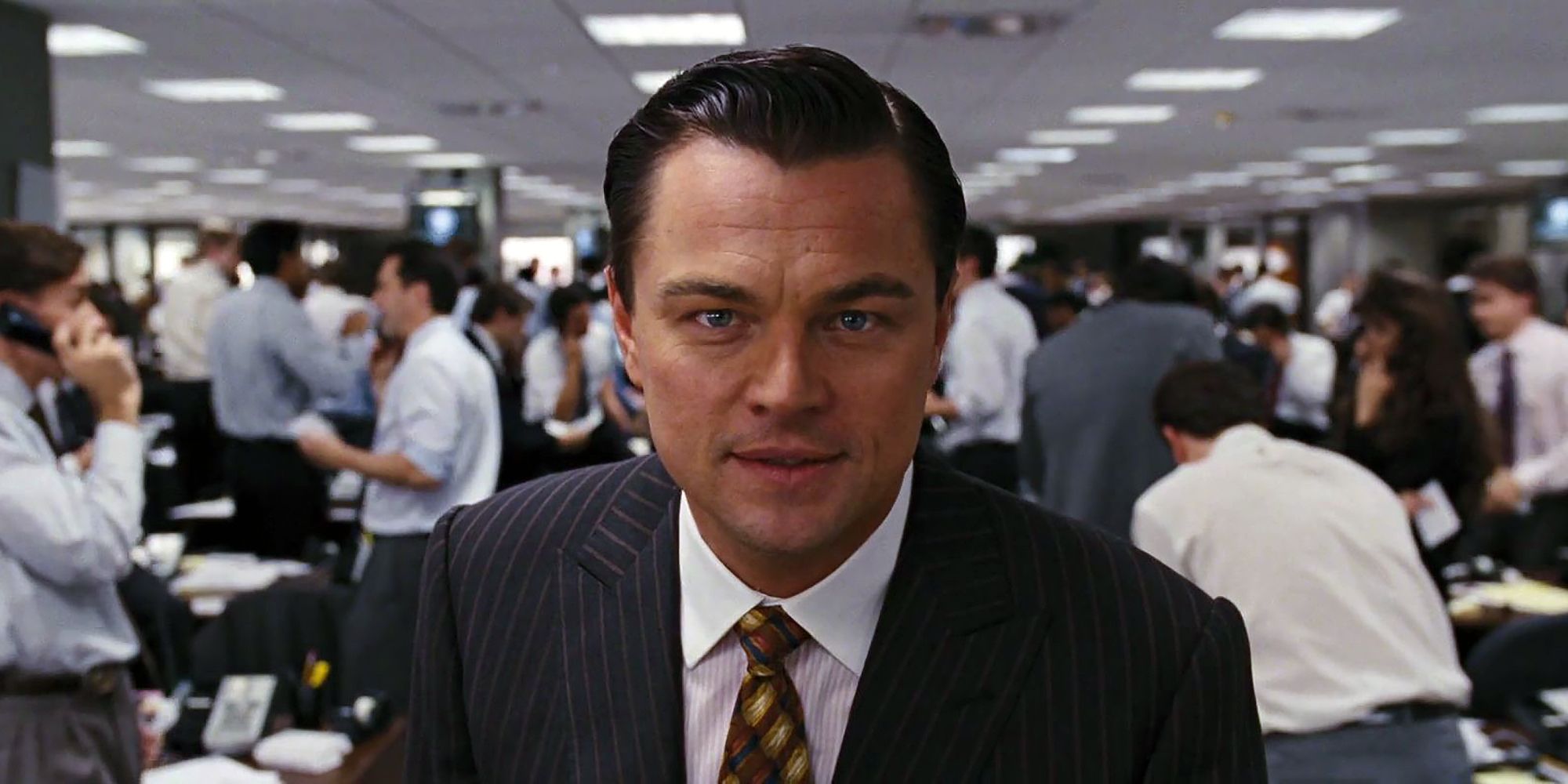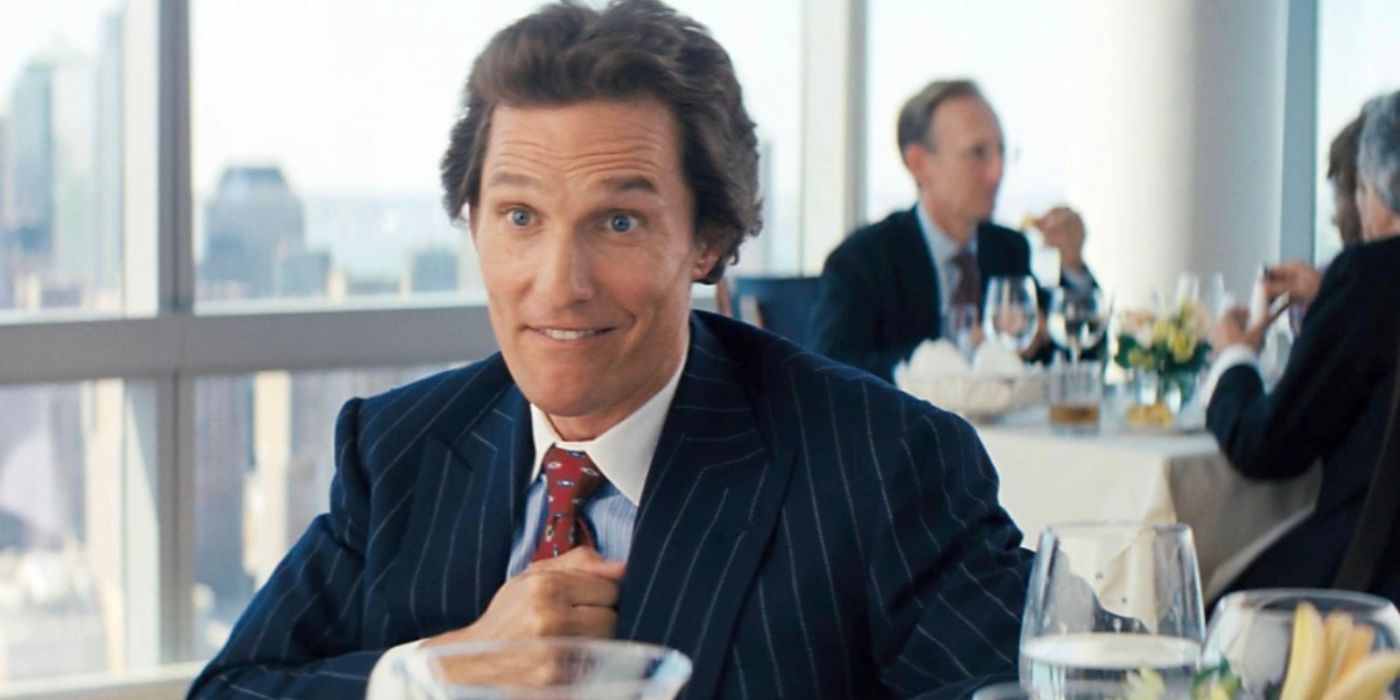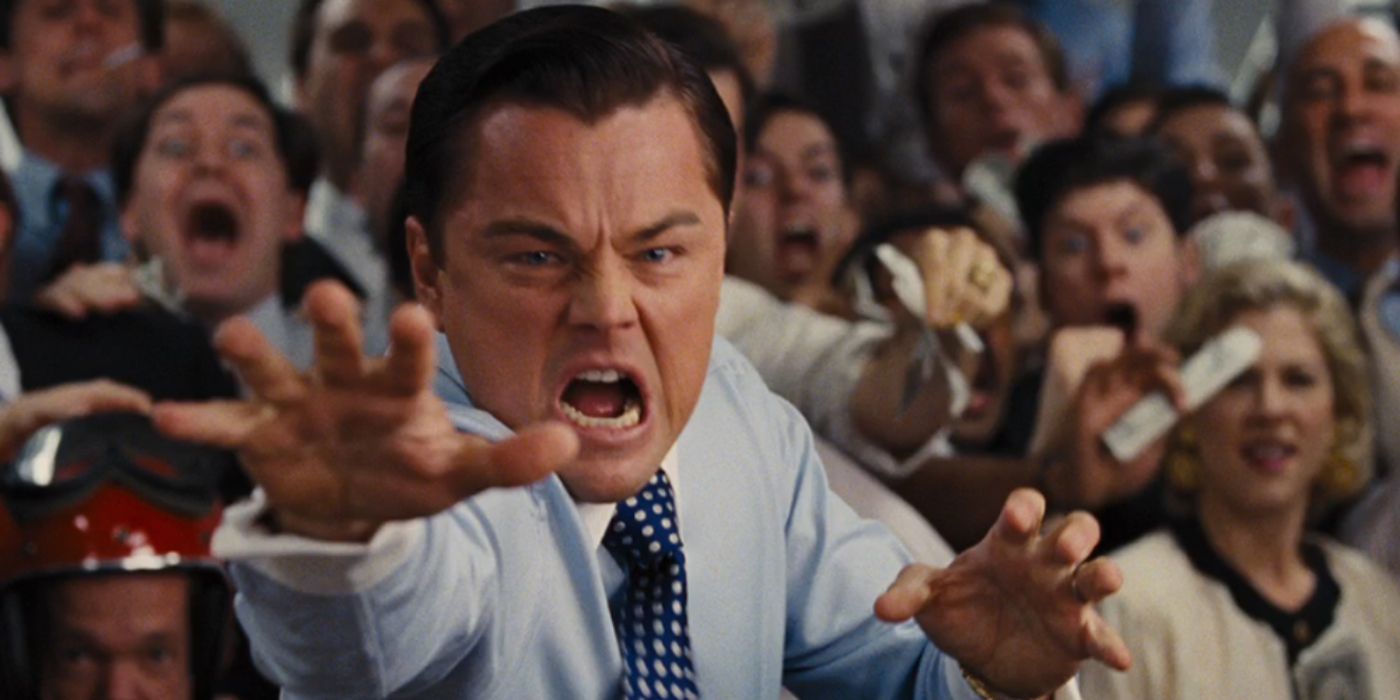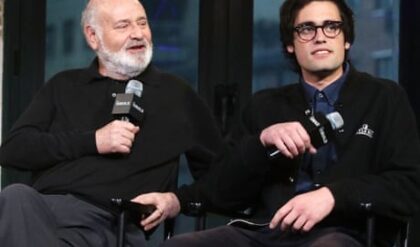One of the calmer scenes in ‘The Wolf of Wall Street’ helped shape the outlook of Scorsese’s film.
 Throughout his legendary career, Martin Scorsese has never settled. Never short on ambition, Scorsese is a true maverick in the industry. Somehow, his audaciousness has increased since he hit his 70s, when most people as accomplished as him would maybe begin to settle down. In the last decade, the visionary filmmaker behind Goodfellas and Raging Bull continues to produce modern-day classics seemingly with ease in his later years. The Wolf of Wall Street, released in 2013, showed Scorsese at the top of his game. Arguably Scorsese’s most rewatchable film to date, its drive and relentlessly visceral pace feel like it should’ve been made by a 35-year-old, and not someone in their early 70s. The Wolf of Wall Street is a collection of indelible moments and scenes, with none having a more seismic impact than the lunch scene between Leonardo DiCaprio and Matthew McConaughey, featuring an improvised gesture by the latter that crystallized Scorsese’s vision of capitalist greed and excess.
Throughout his legendary career, Martin Scorsese has never settled. Never short on ambition, Scorsese is a true maverick in the industry. Somehow, his audaciousness has increased since he hit his 70s, when most people as accomplished as him would maybe begin to settle down. In the last decade, the visionary filmmaker behind Goodfellas and Raging Bull continues to produce modern-day classics seemingly with ease in his later years. The Wolf of Wall Street, released in 2013, showed Scorsese at the top of his game. Arguably Scorsese’s most rewatchable film to date, its drive and relentlessly visceral pace feel like it should’ve been made by a 35-year-old, and not someone in their early 70s. The Wolf of Wall Street is a collection of indelible moments and scenes, with none having a more seismic impact than the lunch scene between Leonardo DiCaprio and Matthew McConaughey, featuring an improvised gesture by the latter that crystallized Scorsese’s vision of capitalist greed and excess.
Martin Scorsese Has Not Lost His Speed in His Later Years
Scorsese’s spiritual late period run, starting with The Wolf of Wall Street through last year’s Killers of the Flower Moon, engages with familiar text for the director, including faith and organized crime, portrayed in Silence and The Irishman, respectively. Scorsese’s sobering self-reflection in these films has made each of these films transcendent. Audiences can track the deconstruction of his frequent themes of salvation and punishment in real time. On the surface, The Wolf of Wall Street, the story of the corrupt stockbroker, Jordan Belfort (DiCaprio), is your typical Scorsese crime biopic, featuring a rags-to-riches narrative complemented by a narration track and a sweeping pop music soundtrack. With this film, based on the memoir by the real Belfort, Scorsese turns up the dial, presenting the debauchery of Belfort with an unflinching fervor designed to intoxicate the viewer until he punishes you for sympathizing with this band of white-collar outlaws. What makes it more haunting than any of his previous crime sagas is that, in the end, Belfort never truly pays for his crimes, because we as a society, and Scorsese to an extent, enable his actions.
Jordan Belfort, the hungry 22-year-old Reagan-era capitalist, gets his first break on Wall Street as a broker for the banking firm, L.F. Rothschild. His employer, Mark Hanna (McConaughey), takes him under his wing, telling him to ignore the other belligerent brokers and focus on the money. During his first day at work, Hanna invites Jordan out for lunch. While he’s on the clock and the sun’s still out, Hanna drinks a martini and snorts a line of cocaine, setting the tone for life on Wall Street. Hanna imparts wisdom to his apprentice, mostly consisting of drug and sexual habits. He insists that one must keep your body pushing at a steady pace or else they’ll lose sight of the main goal: taking money from the average working-class American and putting it into your pocket. It doesn’t take long for Jordan to adapt to Hanna’s lifestyle, as we immediately see him on a cocaine trip at a strip club. By the end of the film, Hanna’s drug intake will be “rookie numbers” compared to Jordan’s inhumane level of excess.
Matthew McConaughey’s Famous Humming Scene Was Improvised in ‘The Wolf of Wall Street’

McConuaghey’s humming “money chant” in The Wolf of Wall Street was improvised. He explained to The Independent that the chest bump was a ritual before filming. His co-star, DiCaprio, was intrigued, and he encouraged him to perform it on camera in the lunch scene. This is a technique that McConaughey had been using for years before The Wolf of Wall Street. In a Twitter video, the actor stated that it is a “relaxation tool,” citing that any musical beat helps him stay loose before the cameras roll. Many of the film’s most iconic moments, notably the “sell me this pen” exchange, were not in Terence Winter’s script but were ad-libbed on the spot by DiCaprio and his fellow cast members. It helped that the film also starred Jonah Hill, who specialized in improv-heavy comedies under the Judd Apatow system.
How the Lunch Scene in ‘The Wolf of Wall Street’ Changed Martin Scorsese’s Vision
The lunch scene not only captured Matthew McConaughey at his rawest, but it also solidified Martin Scorsese’s greater vision for The Wolf of Wall Street. With its 3-hour runtime, the film stays true to its idea about bloated excess. However, Scorsese’s impeccable sense of pace and momentum prevents any dull moments in the narrative. Either way, Scorsese, as he reveals in this interview, cites that all the material in the script was overwhelming him, and he was uncertain how everything was going to connect thematically. From his perspective, filming the lunch scene, on the fourth day of shooting, was when it all “clicked in.” The scintillating exchange between Jordan and Hanna represented the thesis of the film: dynamic speed. “That’s the movie,” Scorsese said. “It’s got to go fast, fast, fast. It has to be speed, and then, stop,” he continued, citing how the pace of this scene connects to the frantic behavioral climate of Wall Street. He recognized that, throughout the rest of the picture, a respective conversation “takes on its own speed” and “acceleration.” Between scenes and within scenes, the film works on contradicting levels of momentum. The constant tug and pull between quickly and methodically paced scenes complements Scorsese’s visceral camera movements and radio-dial soundtrack.
Crafting a film at every stage; casting, filming, and editing, often formulates spontaneously. Each element has a life of its own, and it’s up to the filmmaker to adapt to these ever-changing circumstances. Few directors have embraced and thrived off of improvisation and on-the-spot decision-making quite like Martin Scorsese. Scorsese is a cinematic genius because he understands the evocative component of the medium as well as anyone–never sacrificing the plot for emotional vibrancy. The lunch scene between Leonardo DiCaprio and Matthew McConaughey jolts the viewer immediately. This gave Scorsese a bright idea: what if every scene operated like this? As a result, The Wolf of Wall Street was born.
The Wolf of Wall Street is available to watch on Paramount+ in the U.S.
